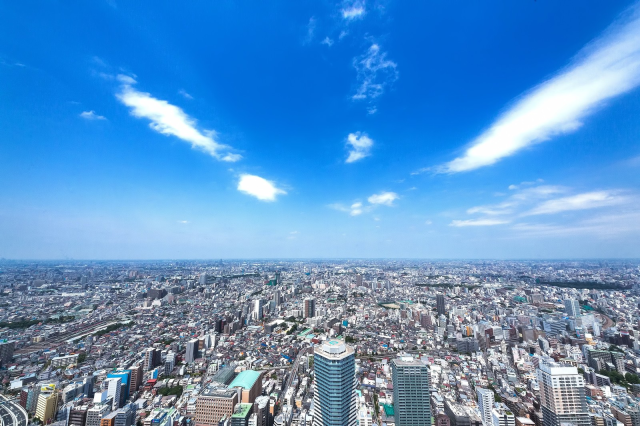
Three in the suburbs, and three in downtown.
Tokyo is a very, very big city, not just in terms of population, but in physical size as well. Being spread out over such a large space means one part of town can feel very different from another, so if you’re looking for a place to live in Tokyo, the first step is choosing which neighborhood you want to live in.
To make that choice a little easier, Japanese real estate portal Major7, which deals with condominium sales, conducted a survey asking people which part of Tokyo they most want to live in, and why. A total of 2,896 responses were collected, so let’s take a look at the top six picks.
6. Futako Tamagawa
Top reasons to live there: Convenient shopping, good public transportation access, clean and fashionable atmosphere
A posh suburb southwest of downtown Tokyo, the riverside Futako Tamagawa neighborhood has seen a number of mixed commercial/residential centers go up in recent years. But despite being buffered from the hustle and bustle of Tokyo’s urban center, it’s still just 10 minutes by train, with no transfer needed, to Shibuya, making for an easy commute to work or easy excursions into the big city on the weekend.
5. Kichijoji
Top reasons to live there: Good public transportation access, convenient shopping, park space
Kichijoji has a lot in common with Futako Tamagawa, although instead of the banks of the Tamagawa River, Kichijoji’s most picturesque views are found in the neighborhood’s Inokashira Park, one of the best places in Tokyo for cherry blossom viewing. Like Futako Tamagawa, Kichijoji has a large selection of shops and restaurants located in a network of covered pedestrian shopping streets, but not so many offices. The result is a stylish local vibe, but with access to downtown’s Shinjuku Station, the busiest rail hub in Japan, in a quick 15-minute ride on the JR Chuo Line.
4. Jiyugaoka
Top reasons to live there: Attractive train lines, good public transportation access, convenient daily life
Yet another “just outside downtown suburb,” Jiyugaoka is where the Toyoko and Oimachi train lines (which connect to Shibuya and Oimachi Stations) converge, and both have a reputation for slightly less congestion during rush hour and fewer drunks late at night than many other Tokyo lines. The neighborhood itself has a high concentration of cafes and boutiques, and it’s also not far from number-six pick Futako Tamagawa.
3. Meguro
Top reasons to live there: Good public transportation access, short commutes, convenient daily life
Meguro is located along the Yamanote loop line that circles downtown Tokyo. However, whereas a lot of Yamanote Line neighborhoods are heavily built up with high-rise office towers and expensive nightlife, Meguro is still a pocket of less intensive development, with enough supermarkets and other routine shopping facilities for a comfortable day-to-day life.
2. Shinagawa
Top reasons to live there: Good public transportation access, expected future development, short commutes
Shinagawa is sort of a beefed-up Meguro, in that it’s a stop on the Yamanote Line that still has facilities that cater to local residents (including one of Tokyo’s largest meat wholesale markets). The neighborhood isn’t as congested as, say, Shibuya or Shinjuku, but it does have a ton of high-rise condos and offices, and more are likely to come with the addition of a brand-new Yamanote Line station adjacent to Shinagawa set to open in 2020, which should cause some new development to spill over into the Shinagawa area too. The Shinkansen bullet train stopping at Shinagawa Station is also a plus for those who take frequent business or pleasure trips.
1. Ebisu
Top reasons to live there: Good public transportation access, fashionable, elegant atmosphere
Once again, Ebisu is serviced by the Yamanote Line, plus the Hibiya subway line for those who want to cut subterraneously across the city center and also the Shonan Shinjuku Line, for those who want to hit up the beaches of the Shonan coastline on weekend day-trips. While Meguro and Shinagawa give residents a bit of the glitz of downtown, Ebisu feels one step closer to the bright lights of the big city, and about as close as you can get to them before the glare would start to be unpleasant to deal with every day. You get fancy shops, restaurants, and art venues, but with only a fraction of the hordes of commuters and tourist crowds you’ll run into in many of Tokyo’s other downtown districts.
Plus, living in Ebisu means you’re within walking distance to the Ebisu beer museum, a perk that’s definitely hard to beat.
Source: Major7 via IT Media
Top image: Pakutaso
Insert images: Wikipedia/Araisyohei, Wikipedia/Kikidai, Wikipedia/Aw1805, Pakutaso (1, 2, 3)
● Want to hear about SoraNews24’s latest articles as soon as they’re published? Follow us on Facebook and Twitter!

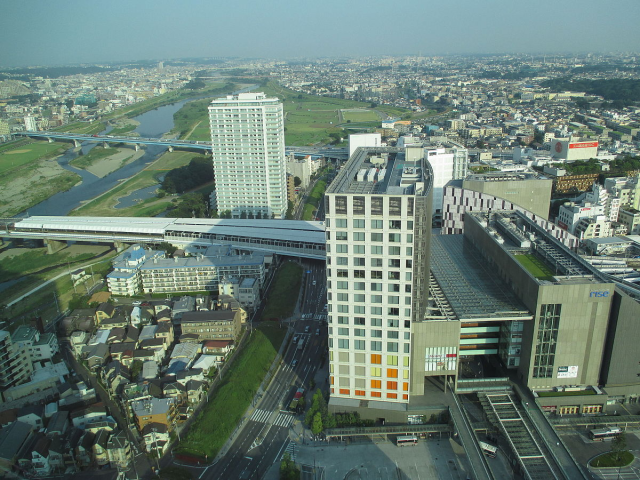
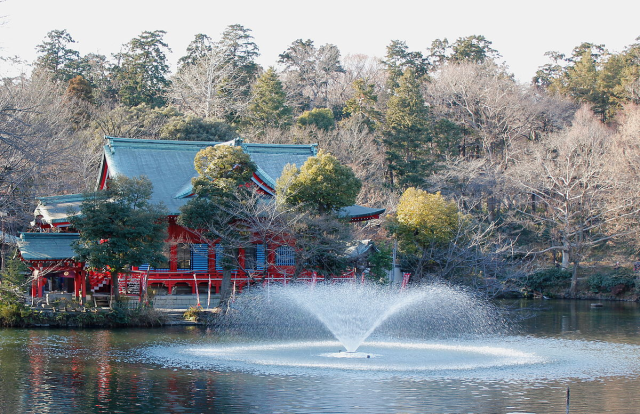
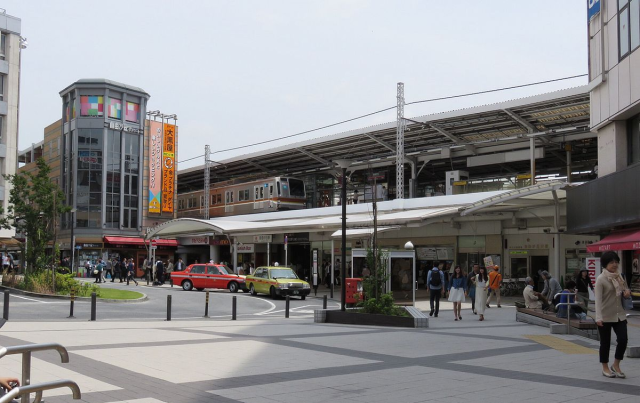
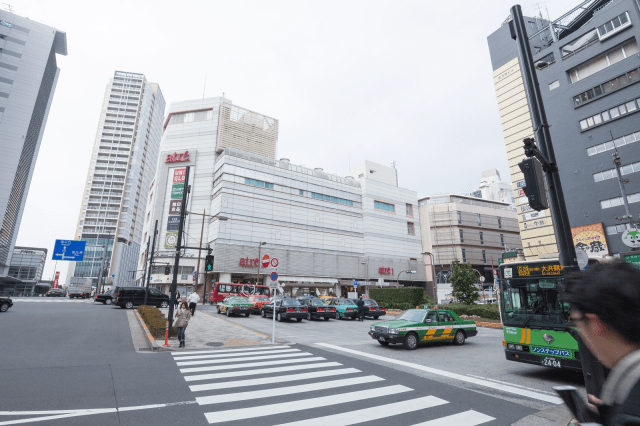
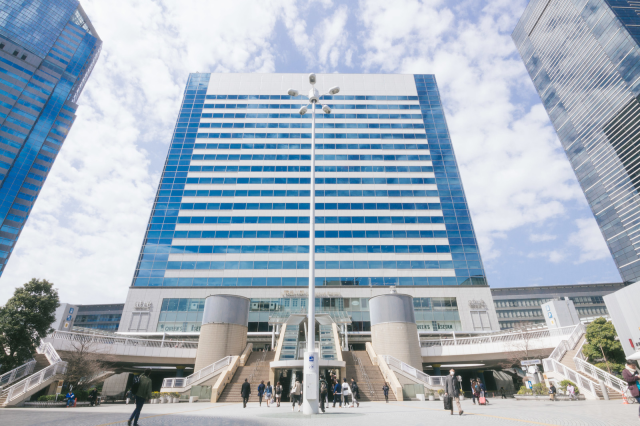
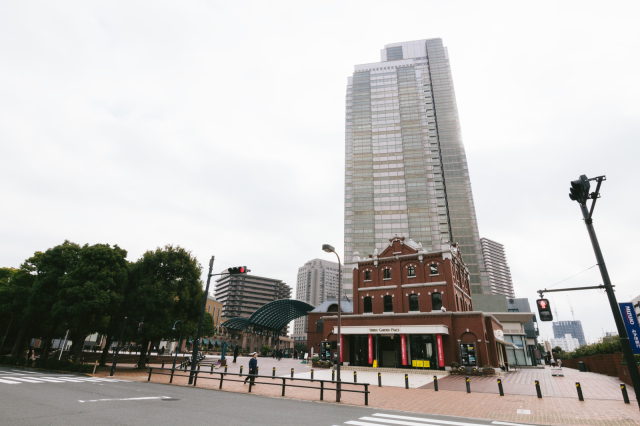
 The 10 best places for young, single people to live in and around Tokyo【Survey】
The 10 best places for young, single people to live in and around Tokyo【Survey】 Here’s what happens when the trains shut down in Tokyo during rush hour: Craziness 【Photos】
Here’s what happens when the trains shut down in Tokyo during rush hour: Craziness 【Photos】 A ranking of Tokyo’s 10 best train and subway lines for spotting handsome men
A ranking of Tokyo’s 10 best train and subway lines for spotting handsome men Yokohama ranks as most desirable city for living in Kanto for the second year in a row
Yokohama ranks as most desirable city for living in Kanto for the second year in a row End-of-the-line exploring in Japan: Visiting Hashimoto Station
End-of-the-line exploring in Japan: Visiting Hashimoto Station Foreigner’s request for help in Tokyo makes us sad for the state of society
Foreigner’s request for help in Tokyo makes us sad for the state of society Harajuku Station’s beautiful old wooden building is set to return, with a new complex around it
Harajuku Station’s beautiful old wooden building is set to return, with a new complex around it Japan’s massive matcha parfait weighs 6 kilos, contains hidden surprises for anyone who eats it
Japan’s massive matcha parfait weighs 6 kilos, contains hidden surprises for anyone who eats it Red light district sushi restaurant in Tokyo shows us just how wrong we were about it
Red light district sushi restaurant in Tokyo shows us just how wrong we were about it Japanese city loses residents’ personal data, which was on paper being transported on a windy day
Japanese city loses residents’ personal data, which was on paper being transported on a windy day Ghibli Park now selling “Grilled Frogs” from food cart in Valley of Witches
Ghibli Park now selling “Grilled Frogs” from food cart in Valley of Witches New private rooms on Tokaido Shinkansen change the way we travel from Tokyo to Kyoto
New private rooms on Tokaido Shinkansen change the way we travel from Tokyo to Kyoto Japanese ramen restaurants under pressure from new yen banknotes
Japanese ramen restaurants under pressure from new yen banknotes Fujisan View Express: A train journey to Mt Fuji so stylish you’ll never want it to end
Fujisan View Express: A train journey to Mt Fuji so stylish you’ll never want it to end Historical figures get manga makeovers from artists of Spy x Family, My Hero Academia and more
Historical figures get manga makeovers from artists of Spy x Family, My Hero Academia and more McDonald’s new Happy Meals offer up cute and practical Sanrio lifestyle goods
McDonald’s new Happy Meals offer up cute and practical Sanrio lifestyle goods All-you-can-drink Starbucks and amazing views part of Tokyo’s new 170 meter-high sky lounge
All-you-can-drink Starbucks and amazing views part of Tokyo’s new 170 meter-high sky lounge French Fries Bread in Tokyo’s Shibuya becomes a hit on social media
French Fries Bread in Tokyo’s Shibuya becomes a hit on social media Studio Ghibli releases new action figures featuring Nausicaä of the Valley of the Wind characters
Studio Ghibli releases new action figures featuring Nausicaä of the Valley of the Wind characters Studio Ghibli glasses cases let anime characters keep an eye on your spectacles
Studio Ghibli glasses cases let anime characters keep an eye on your spectacles Tokyo Tsukiji fish market site to be redeveloped with 50,000-seat stadium, hotel, shopping center
Tokyo Tsukiji fish market site to be redeveloped with 50,000-seat stadium, hotel, shopping center Beautiful Ghibli sealing wax kits let you create accessories and elegant letter decorations【Pics】
Beautiful Ghibli sealing wax kits let you create accessories and elegant letter decorations【Pics】 Studio Ghibli releases Kiki’s Delivery Service chocolate cake pouches in Japan
Studio Ghibli releases Kiki’s Delivery Service chocolate cake pouches in Japan New definition of “Japanese whiskey” goes into effect to prevent fakes from fooling overseas buyers
New definition of “Japanese whiskey” goes into effect to prevent fakes from fooling overseas buyers Our Japanese reporter visits Costco in the U.S., finds super American and very Japanese things
Our Japanese reporter visits Costco in the U.S., finds super American and very Japanese things Studio Ghibli unveils Mother’s Day gift set that captures the love in My Neighbour Totoro
Studio Ghibli unveils Mother’s Day gift set that captures the love in My Neighbour Totoro New Japanese KitKat flavour stars Sanrio characters, including Hello Kitty
New Japanese KitKat flavour stars Sanrio characters, including Hello Kitty More foreign tourists than ever before in history visited Japan last month
More foreign tourists than ever before in history visited Japan last month New Pokémon cakes let you eat your way through Pikachu and all the Eevee evolutions
New Pokémon cakes let you eat your way through Pikachu and all the Eevee evolutions Sales of Japan’s most convenient train ticket/shopping payment cards suspended indefinitely
Sales of Japan’s most convenient train ticket/shopping payment cards suspended indefinitely Sold-out Studio Ghibli desktop humidifiers are back so Totoro can help you through the dry season
Sold-out Studio Ghibli desktop humidifiers are back so Totoro can help you through the dry season Japanese government to make first change to romanization spelling rules since the 1950s
Japanese government to make first change to romanization spelling rules since the 1950s Ghibli founders Toshio Suzuki and Hayao Miyazaki contribute to Japanese whisky Totoro label design
Ghibli founders Toshio Suzuki and Hayao Miyazaki contribute to Japanese whisky Totoro label design Doraemon found buried at sea as scene from 1993 anime becomes real life【Photos】
Doraemon found buried at sea as scene from 1993 anime becomes real life【Photos】 Tokyo’s most famous Starbucks is closed
Tokyo’s most famous Starbucks is closed One Piece characters’ nationalities revealed, but fans have mixed opinions
One Piece characters’ nationalities revealed, but fans have mixed opinions We asked a Uniqlo employee what four things we should buy and their suggestions didn’t disappoint
We asked a Uniqlo employee what four things we should buy and their suggestions didn’t disappoint Princesses, fruits, and blacksmiths: Study reveals the 30 most unusual family names in Japan
Princesses, fruits, and blacksmiths: Study reveals the 30 most unusual family names in Japan What should Tokyo’s newest rail station be called? Poll asks high school girls for their opinion
What should Tokyo’s newest rail station be called? Poll asks high school girls for their opinion Moving to Tokyo? Real estate agent picks five best neighborhoods for single residents
Moving to Tokyo? Real estate agent picks five best neighborhoods for single residents Tokyo’s busiest train line to be partially shut down this weekend as part of Shibuya renovations
Tokyo’s busiest train line to be partially shut down this weekend as part of Shibuya renovations The top ten most appealing of Tokyo’s 23 special wards to live in after retirement
The top ten most appealing of Tokyo’s 23 special wards to live in after retirement Tokyo travel alert: City’s most important train line shutting down for construction this weekend
Tokyo travel alert: City’s most important train line shutting down for construction this weekend These are the 11 most crowded trains in Japan…and surprise! They’re all in the Tokyo area
These are the 11 most crowded trains in Japan…and surprise! They’re all in the Tokyo area Downtown Tokyo set to open its most important train station in 50 years, and now it has a name
Downtown Tokyo set to open its most important train station in 50 years, and now it has a name Hypnotic moving map of Tokyo’s crazy rush hour trains almost makes them relaxing【Video】
Hypnotic moving map of Tokyo’s crazy rush hour trains almost makes them relaxing【Video】 Want to choose the name of Tokyo’s most important new station? Here’s your chance!
Want to choose the name of Tokyo’s most important new station? Here’s your chance! Train groper escapes along tracks at Ebisu station in Tokyo
Train groper escapes along tracks at Ebisu station in Tokyo Star Wars and Darth Vader theme melodies now being played at Tokyo train stations 【Video】
Star Wars and Darth Vader theme melodies now being played at Tokyo train stations 【Video】 How much money do you need for a studio apartment in downtown Tokyo?
How much money do you need for a studio apartment in downtown Tokyo? Skip the crowds at Tokyo’s most popular cherry blossom spot with Meguro River Hanami Cruise
Skip the crowds at Tokyo’s most popular cherry blossom spot with Meguro River Hanami Cruise Hakone Beer will celebrate 20th anniversary, give away 1,500 beers at special Tokyo event
Hakone Beer will celebrate 20th anniversary, give away 1,500 beers at special Tokyo event
Leave a Reply